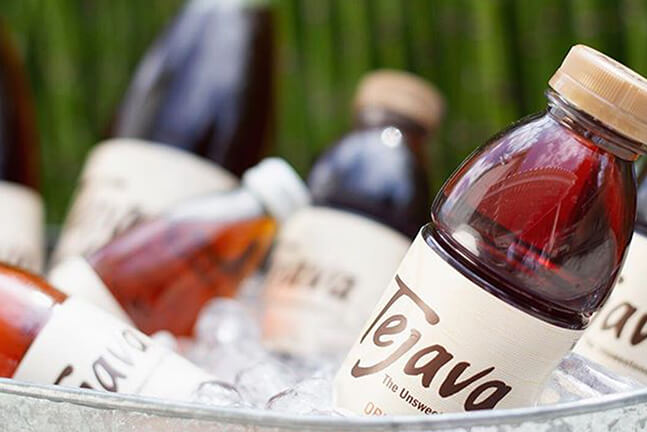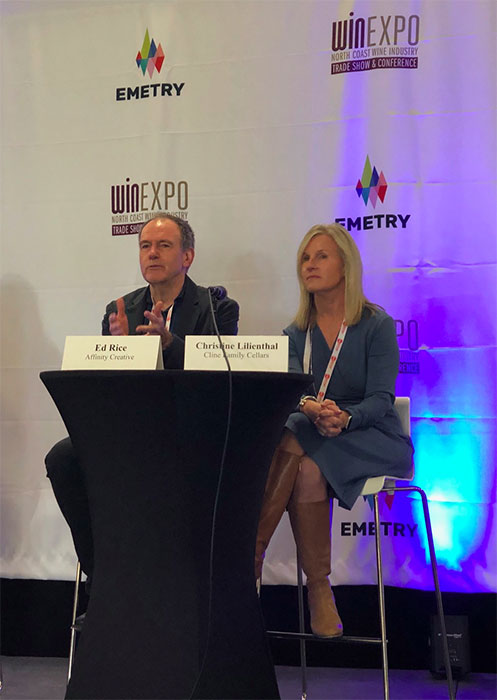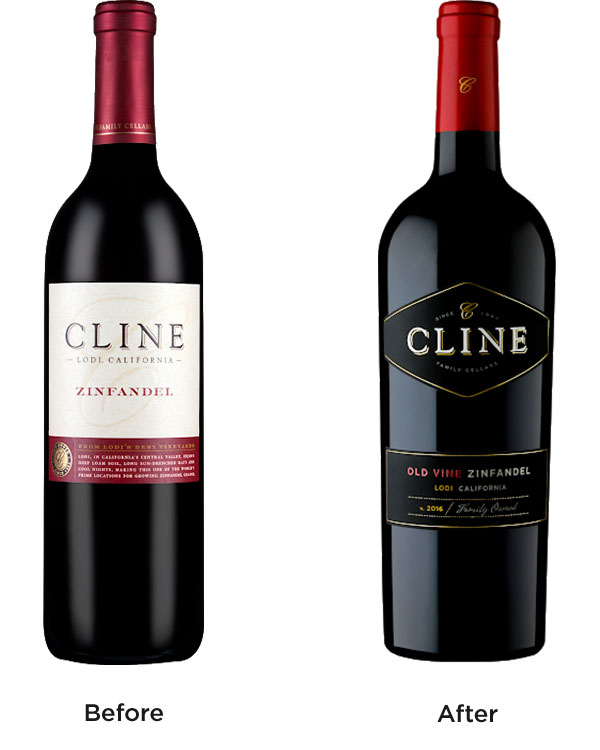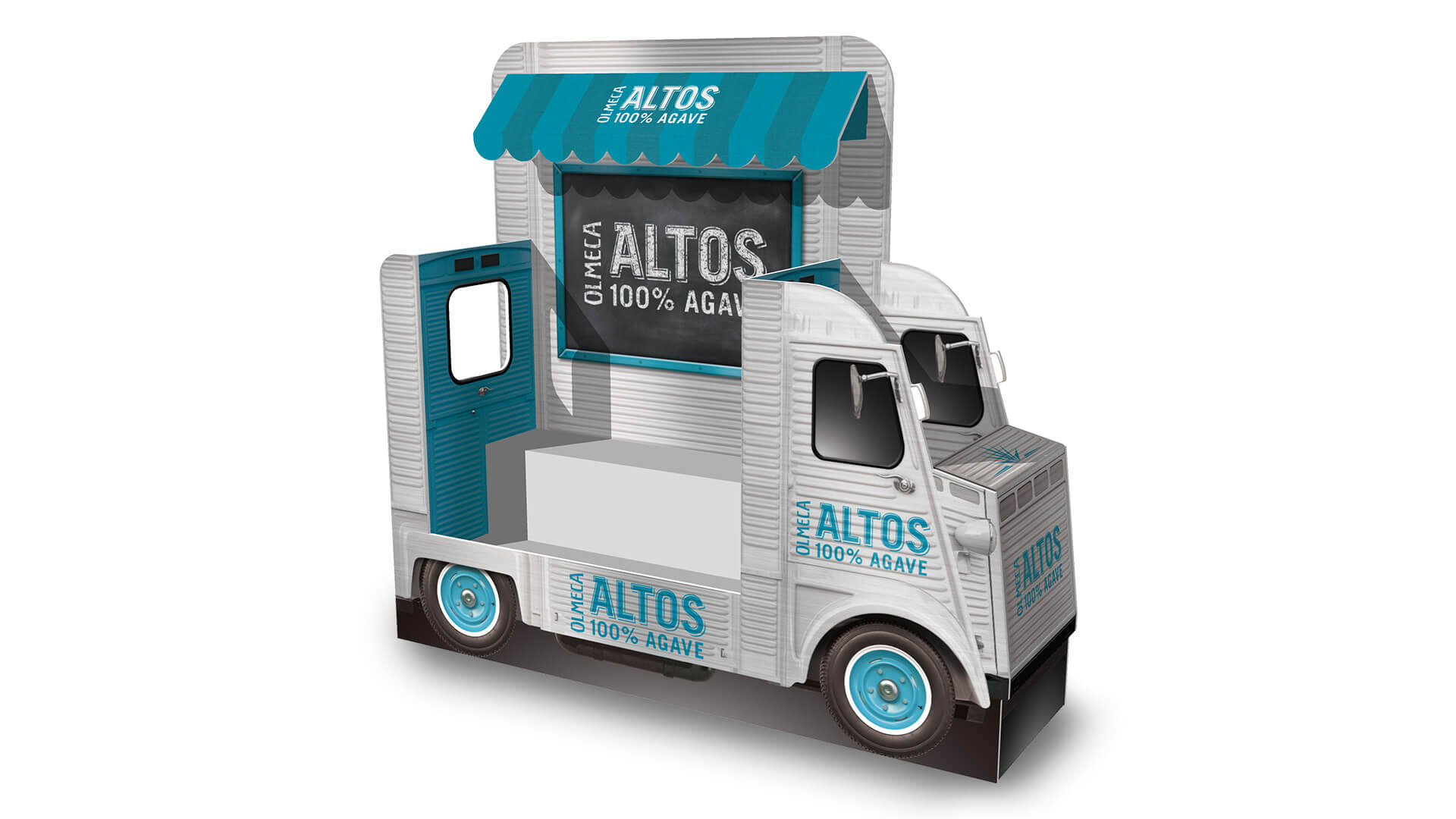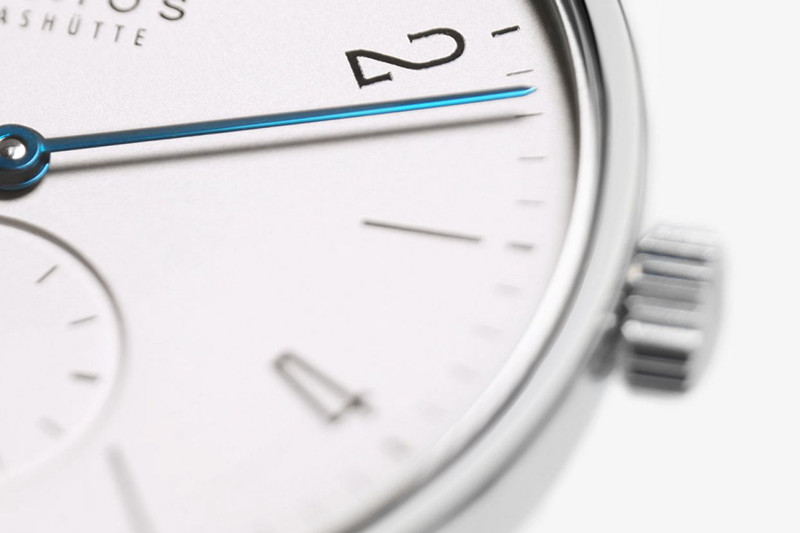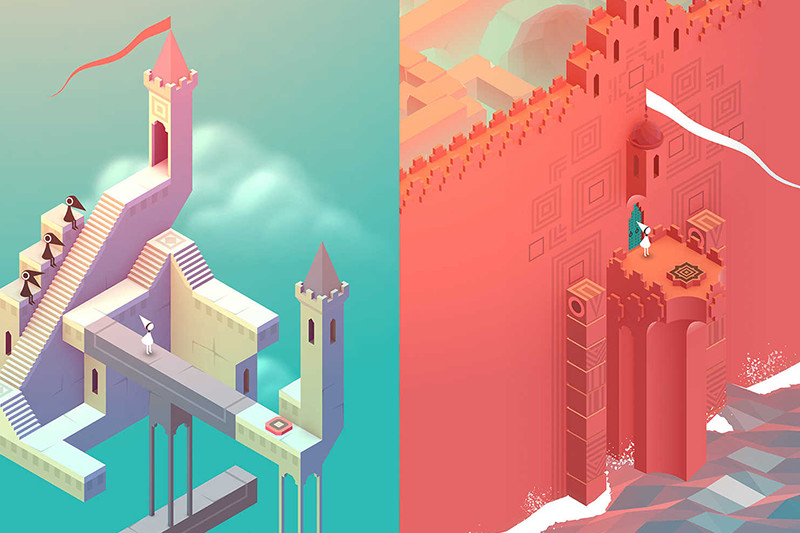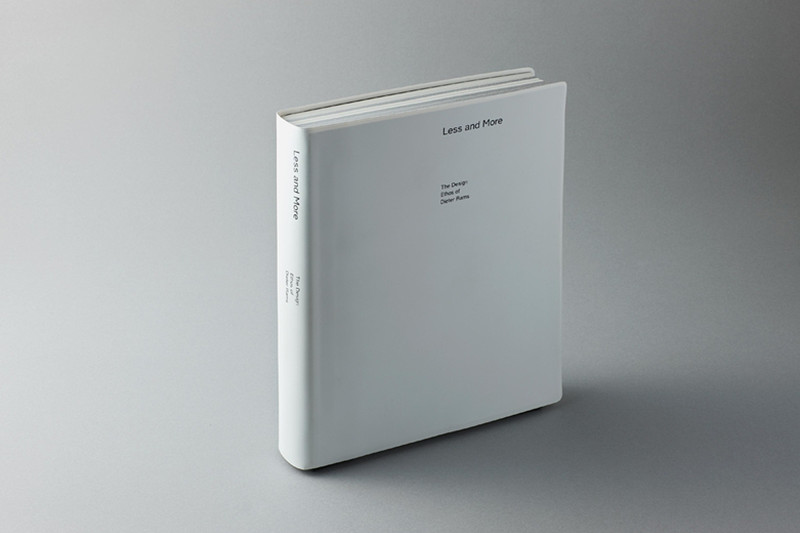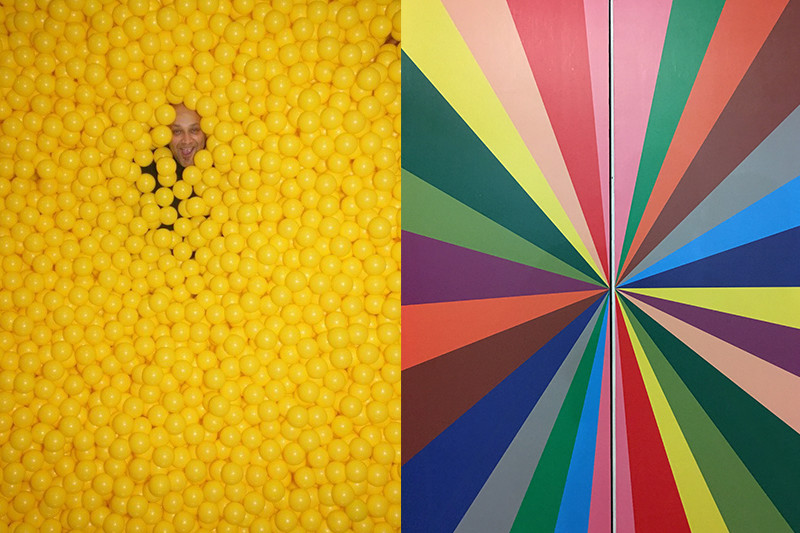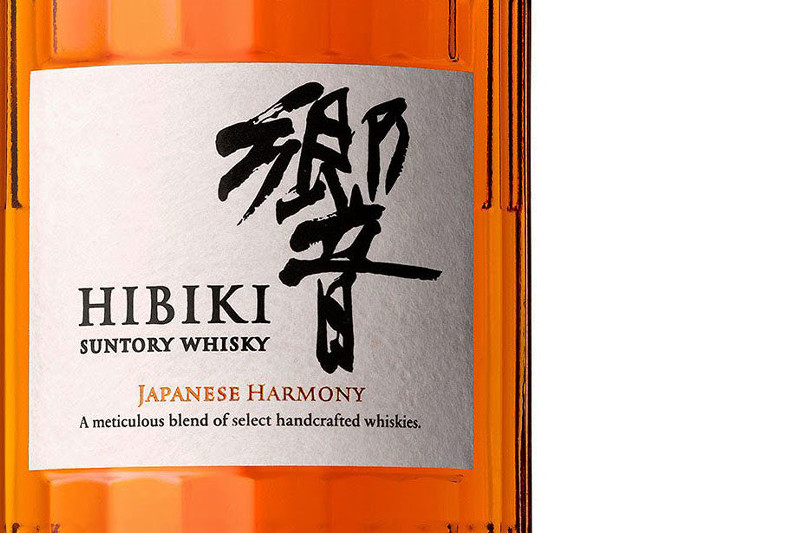Affinity Creative Group Supports 13th Annual Women, Wine, Chefs & Cheese Fundraiser
Over the past 24 years, Affinity Creative Group/PackagingARTS Inc. Founders and Principals, John Swain and Dave Miller, have significantly grown their businesses along with close ties to the Northern California community. The connection exists not only through working relationships with clients, but also through their interest in improving the lives of their employees, family, and friends across the region. In the spirit of giving back to the community, they looked no further than YWCA of Sonoma County; whose mission is to end domestic violence through awareness, education, and empowerment. Locally and nationally, one in four families experience domestic violence in their homes. This heartbreaking statistic fuels the YWCA to provide refuge and support systems through safe houses, therapy, outreach, education, and much, much more.
To fund and advocate for their Domestic Violence Programs and support Sonoma’s culinary and business community, the YWCA holds a yearly event; and on April 26th, 2019 was The 13th Annual Women, Wine, Chefs & Cheese fundraiser. For the past eight years, Affinity Creative Group has teamed up with YWCA, proudly volunteering our creative services through the talents of Creative Director and Sonoma County resident, Mark Ray.
Mark puts the Affinity design team through the paces each year, producing branding, signage, and videography for the event. “This is more than a project; this is a labor of love that ultimately helps those in need. Whether it’s with a slogan, a logo or a video… we intend to help make a difference through the use of our work.” Mark said.
When asked about the agency’s involvement with YWCA, John Swain remarked, “…Affinity Creative Group is proud to support the YWCA Sonoma County Safe House program. I can’t think of a more important social initiative than to provide immediate safety and support for women and children who have been victims of domestic violence.”
While the YWCA provides a wide range of services to the most vulnerable in our community, their resources are limited. Swain added, “The YWCA depends upon private donations for their very survival. We encourage everyone to support the YWCA Safe House program or a similar program in their local community.”
This year, with the help of the enthusiastic and generous attendees, the YWCA of Sonoma County raised a significant amount of donations for their Domestic Violence Programs. Affinity Creative Group is honored to support and promote such a life-changing organization and looks forward to continuing this meaningful relationship for many years to come.
To learn how you can get involved with the YWCA of Sonoma County, click here for more information. If you or anyone you know is struggling with the devastating impacts of domestic violence, get help by calling the YWCA Sonoma County 24/7 Crisis Hotline at 707-546-1234. They welcome calls from anyone who needs emergency shelter, advocacy, resources, and therapy support.

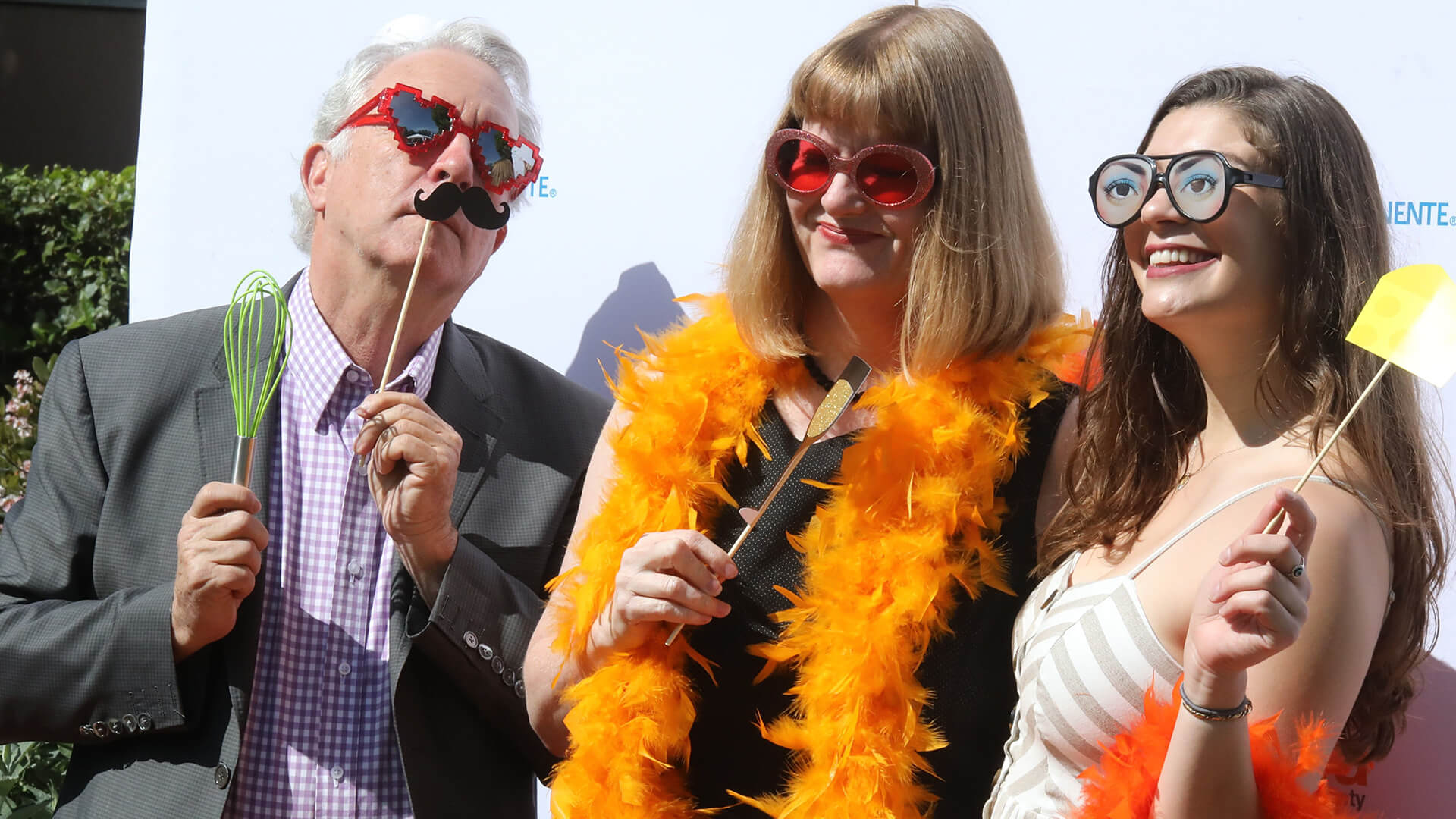
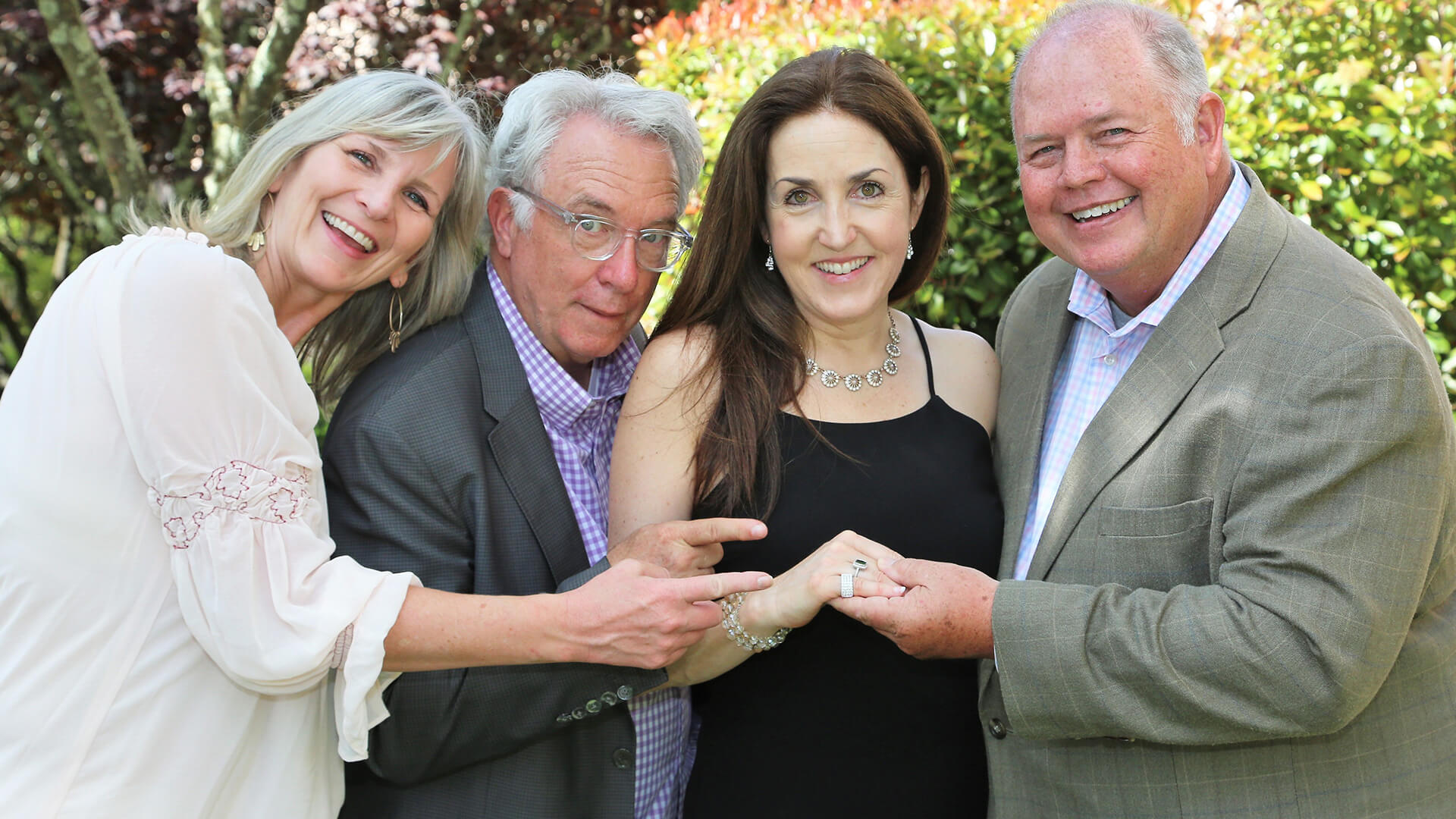
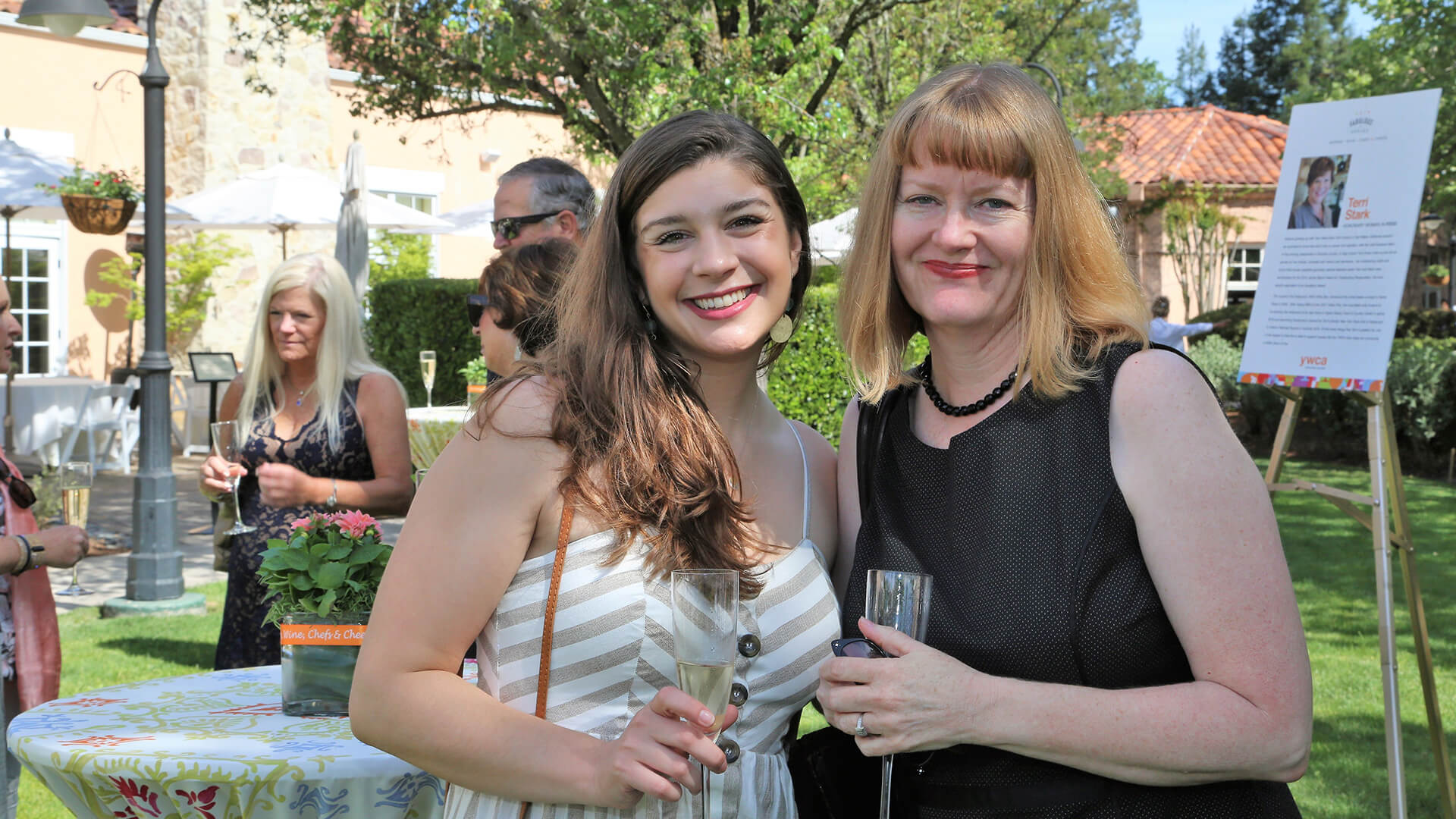
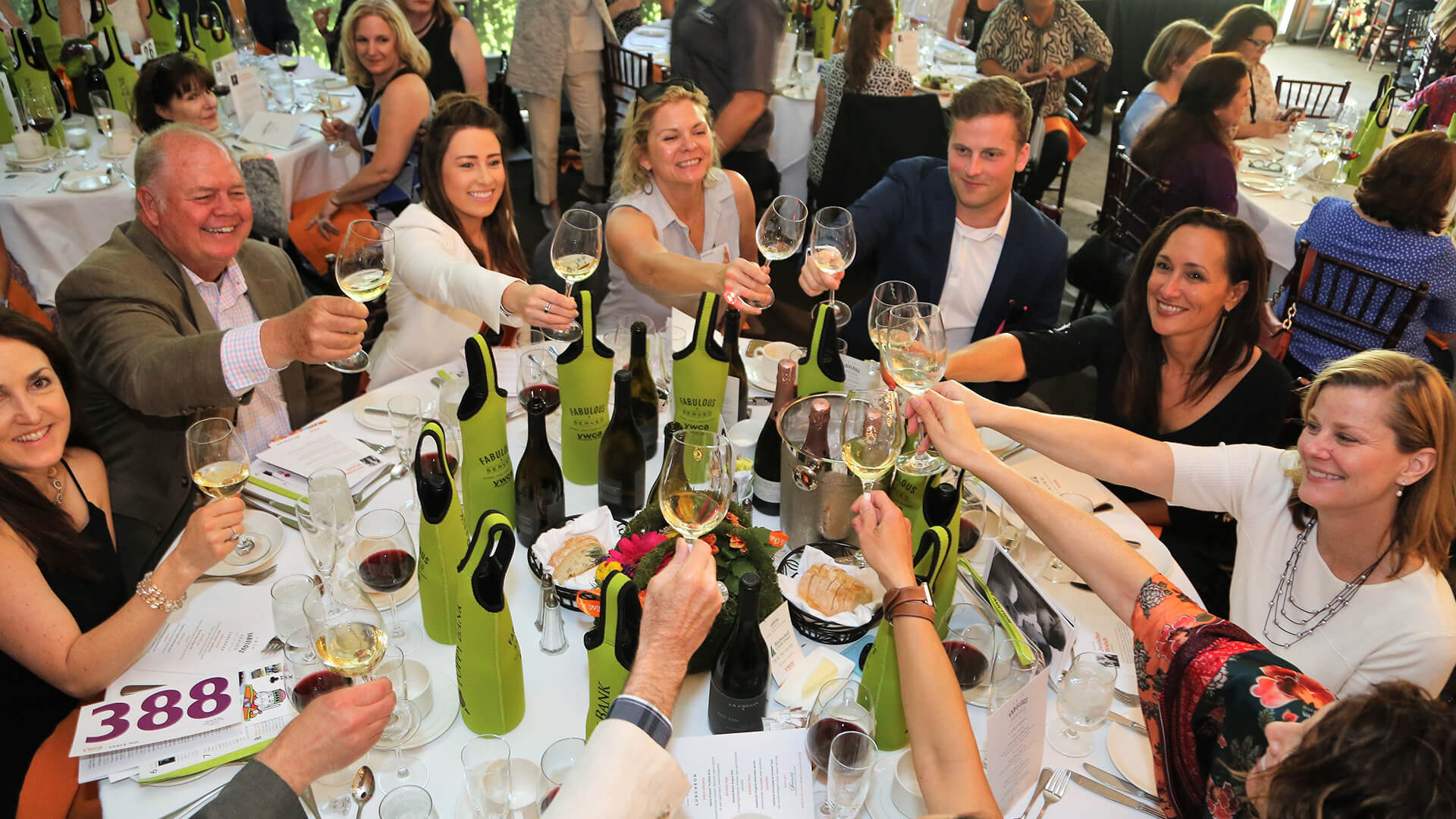
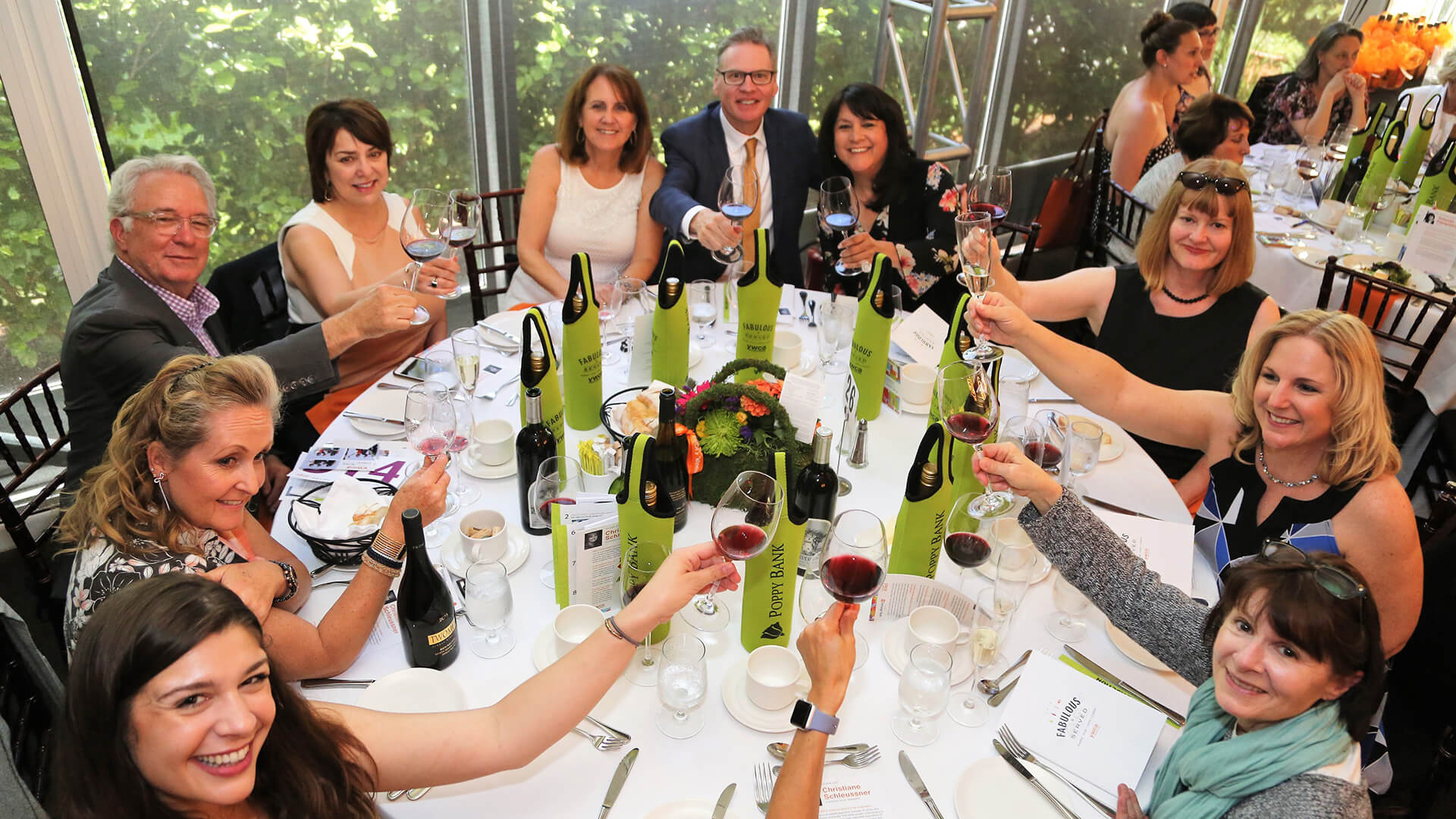
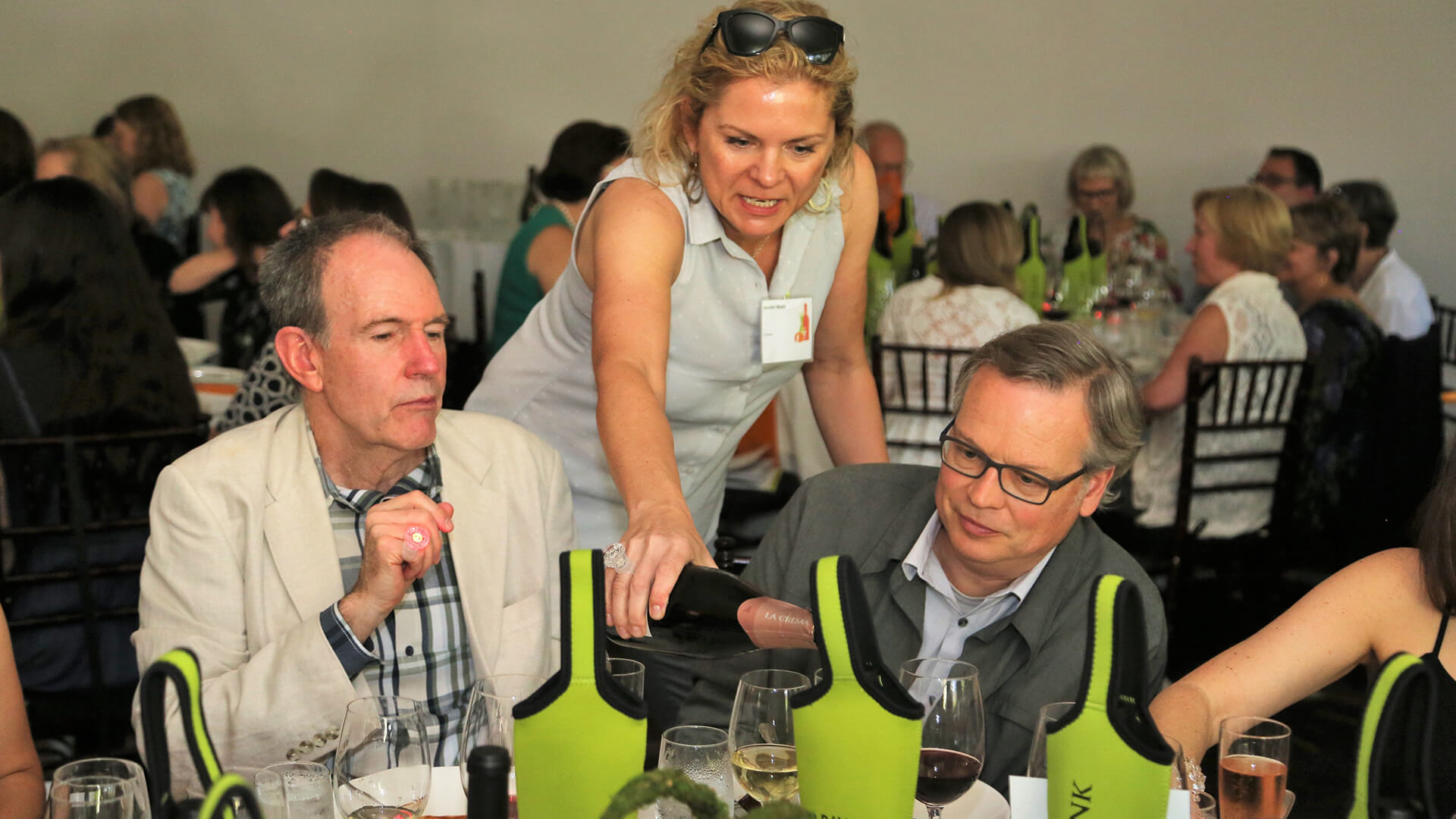
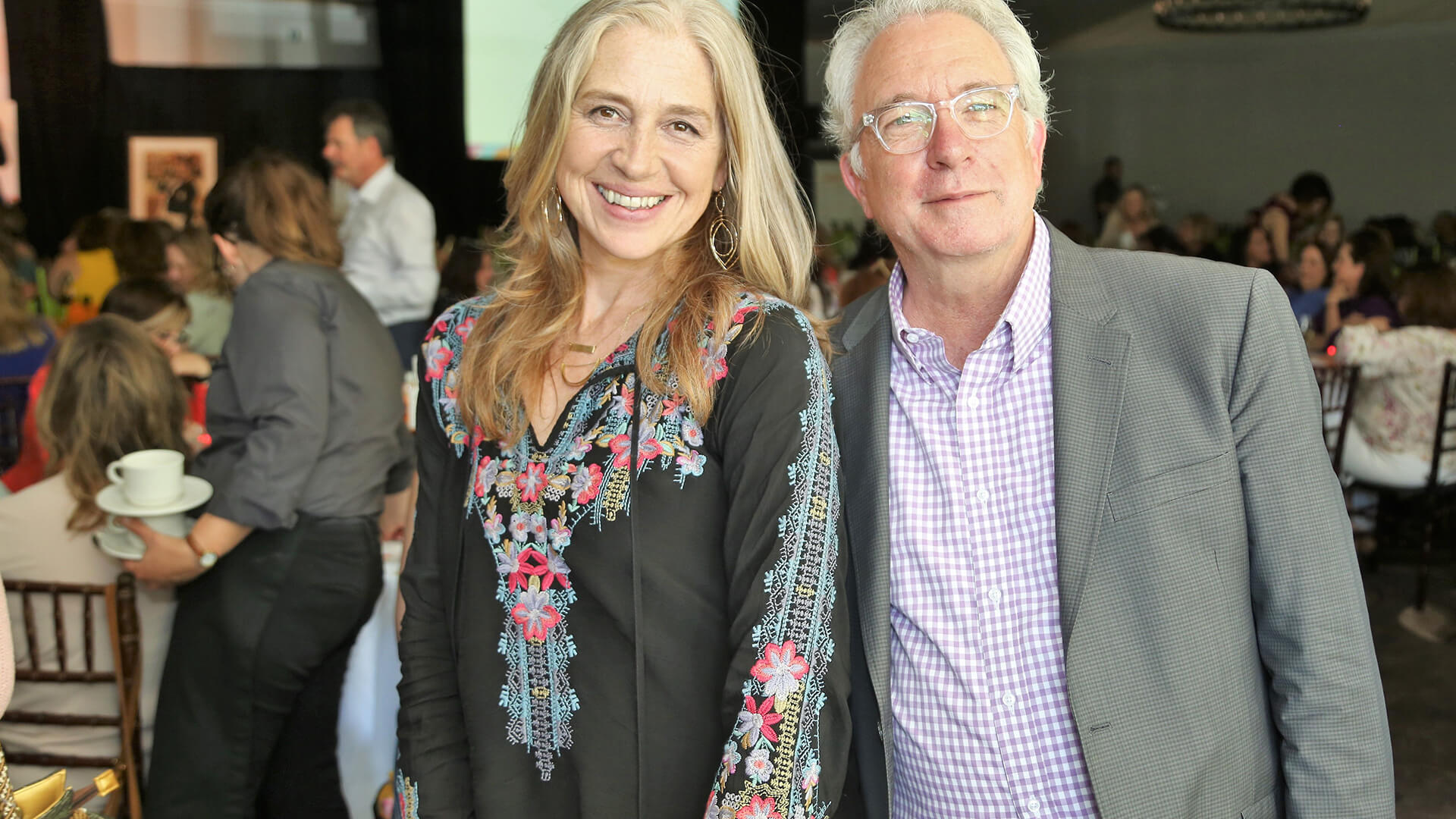
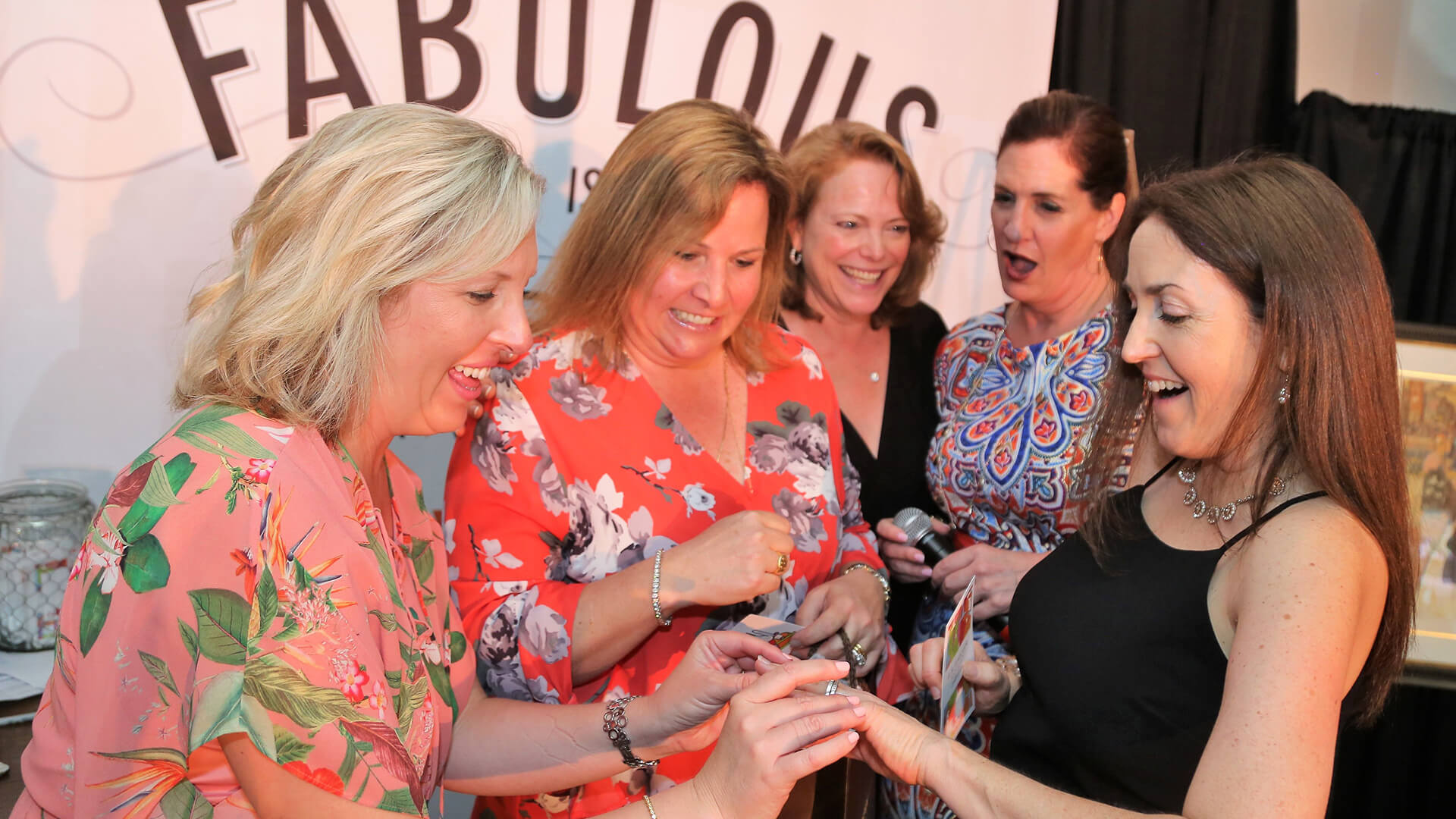
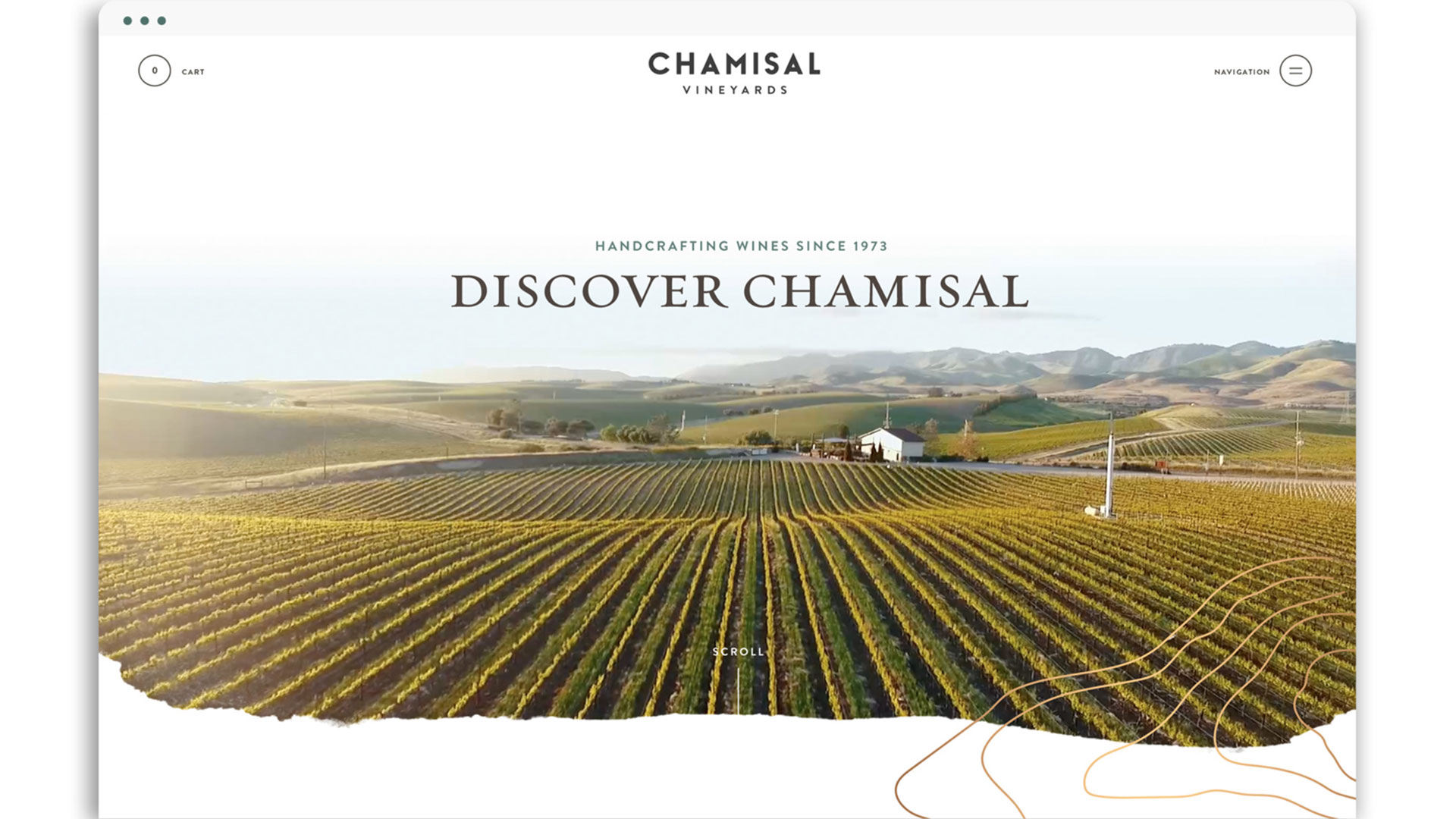
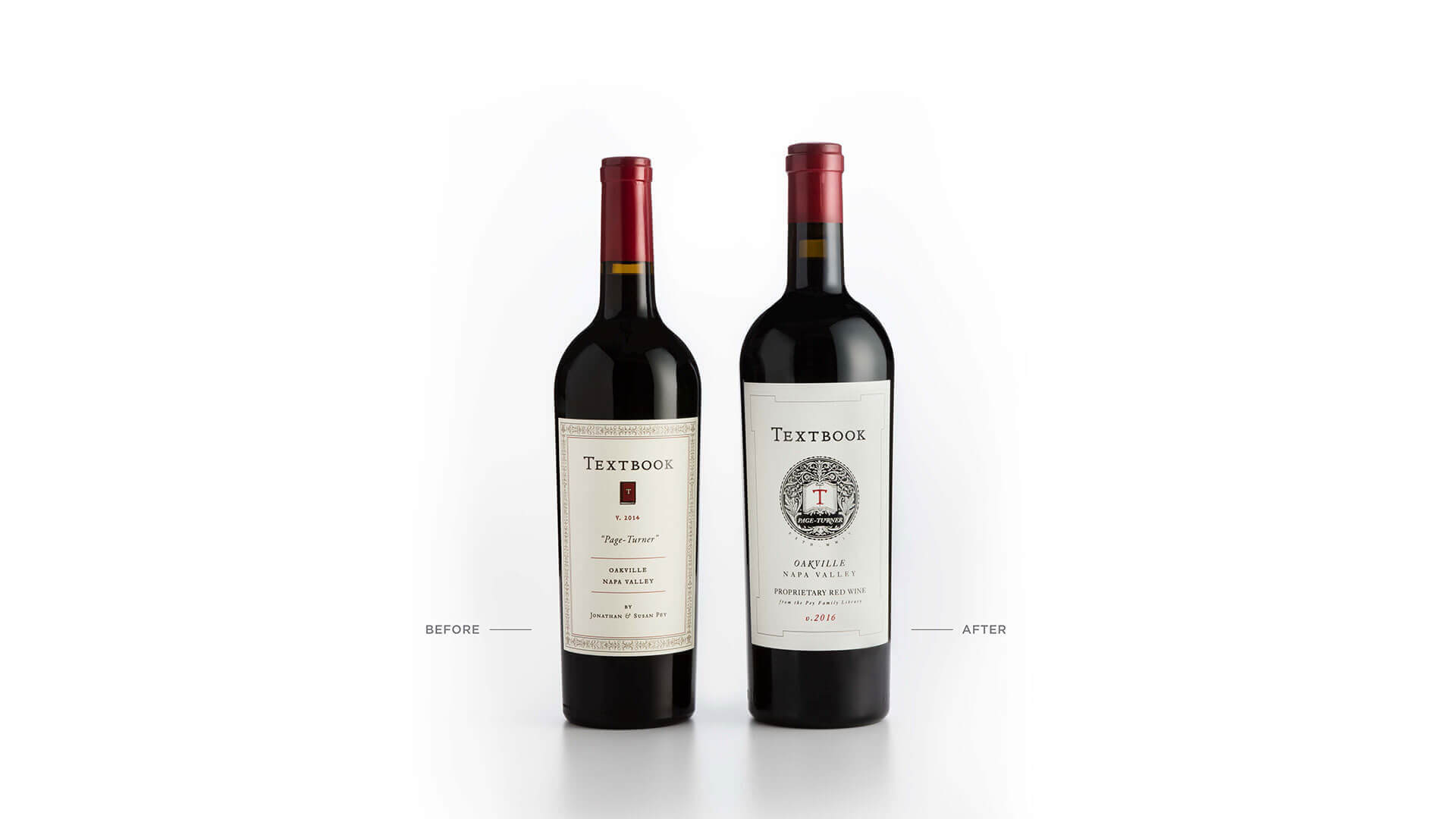
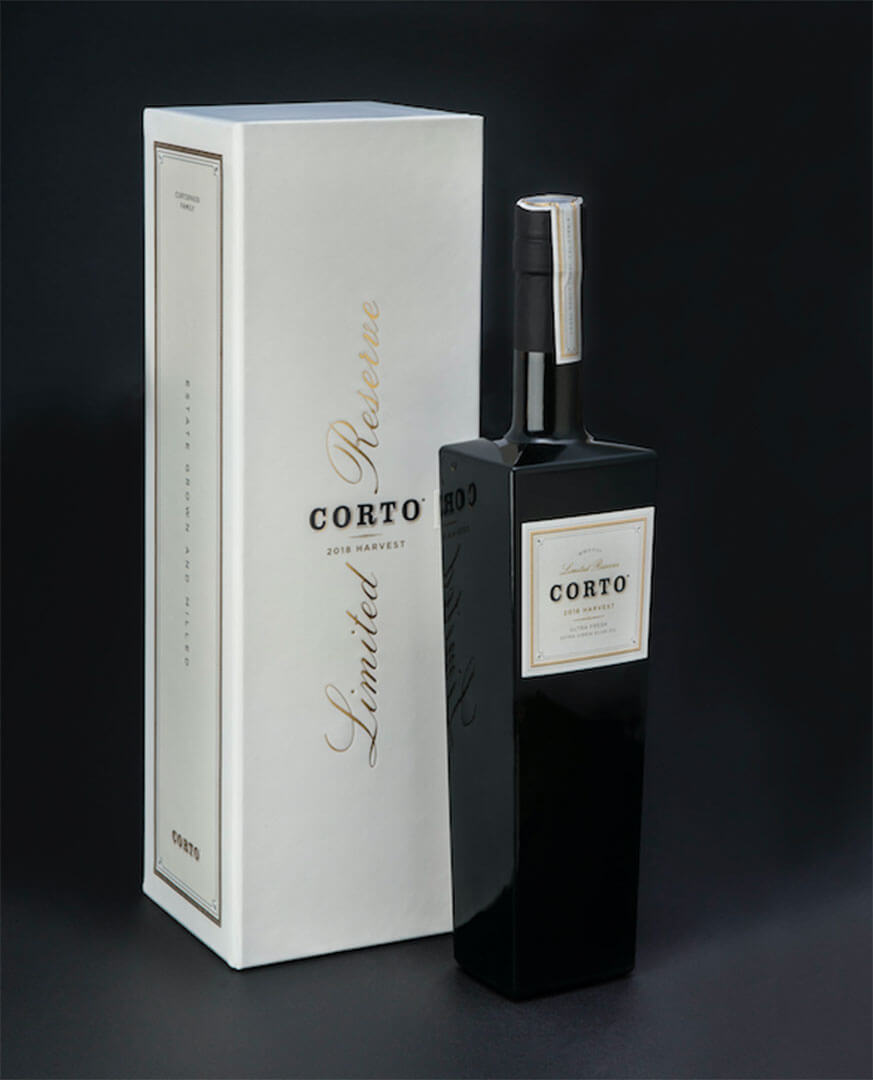
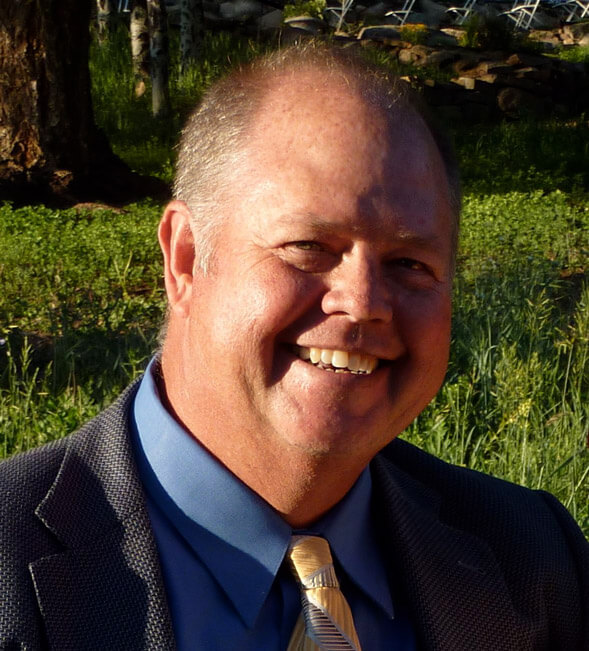 Dave Miller has been involved with this competition for the past eight years, participating as a Label Judge. As Principal of Affinity Creative and PackagingARTS, Dave has accumulated 36 years of experience in printing, packaging, retail, and design. These skills have given Dave the knowledge and ability to know what it takes to create an award-winning label design.
Dave Miller has been involved with this competition for the past eight years, participating as a Label Judge. As Principal of Affinity Creative and PackagingARTS, Dave has accumulated 36 years of experience in printing, packaging, retail, and design. These skills have given Dave the knowledge and ability to know what it takes to create an award-winning label design.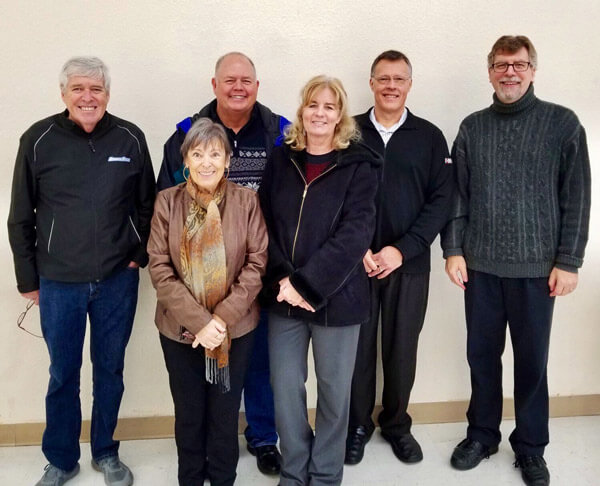 
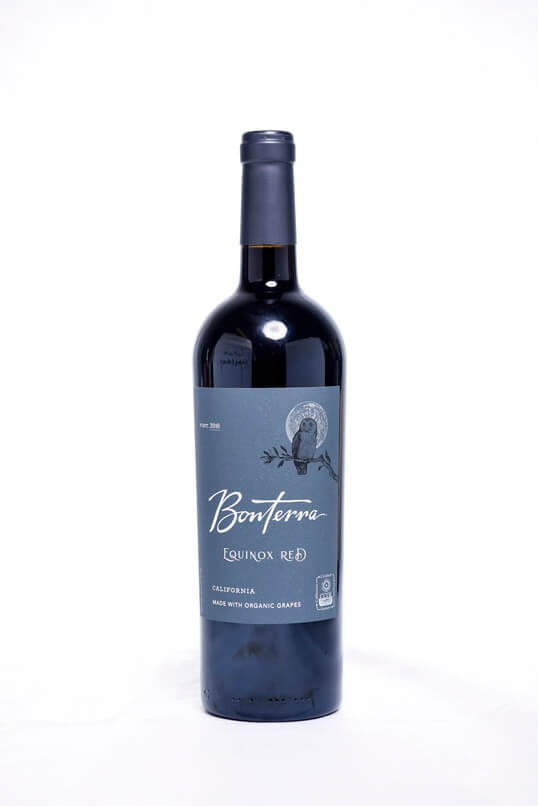
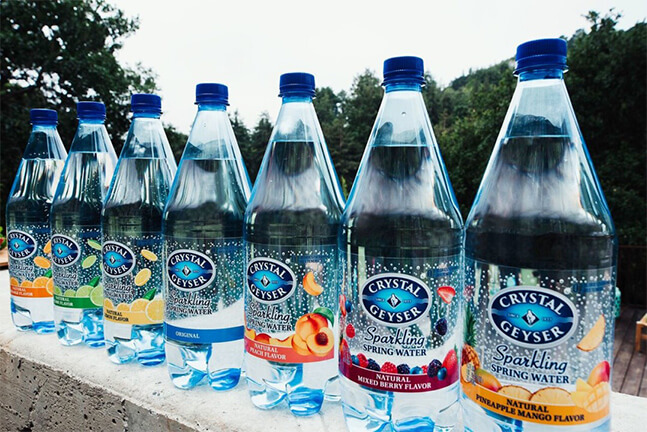
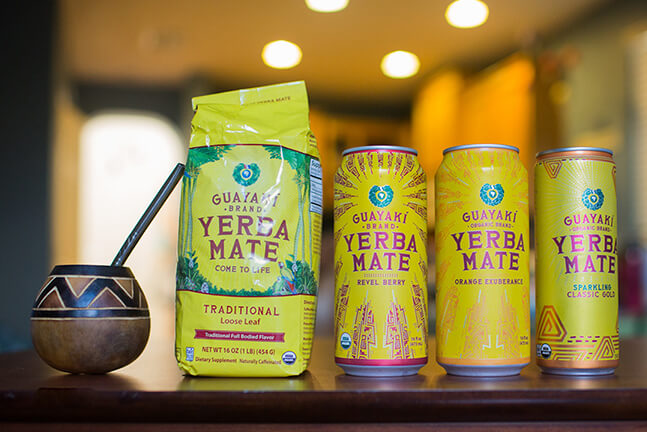 Brewed right here in Northern California, Guayakí created a natural energy drink that has become one of the most popular beverages on the West Coast. Made from naturally caffeinated and nourishing leaves found in the South American Atlantic rainforest, the unique drink contains 24 vitamins and minerals, 15 amino acids, and abundant polyphenols.
Brewed right here in Northern California, Guayakí created a natural energy drink that has become one of the most popular beverages on the West Coast. Made from naturally caffeinated and nourishing leaves found in the South American Atlantic rainforest, the unique drink contains 24 vitamins and minerals, 15 amino acids, and abundant polyphenols. 